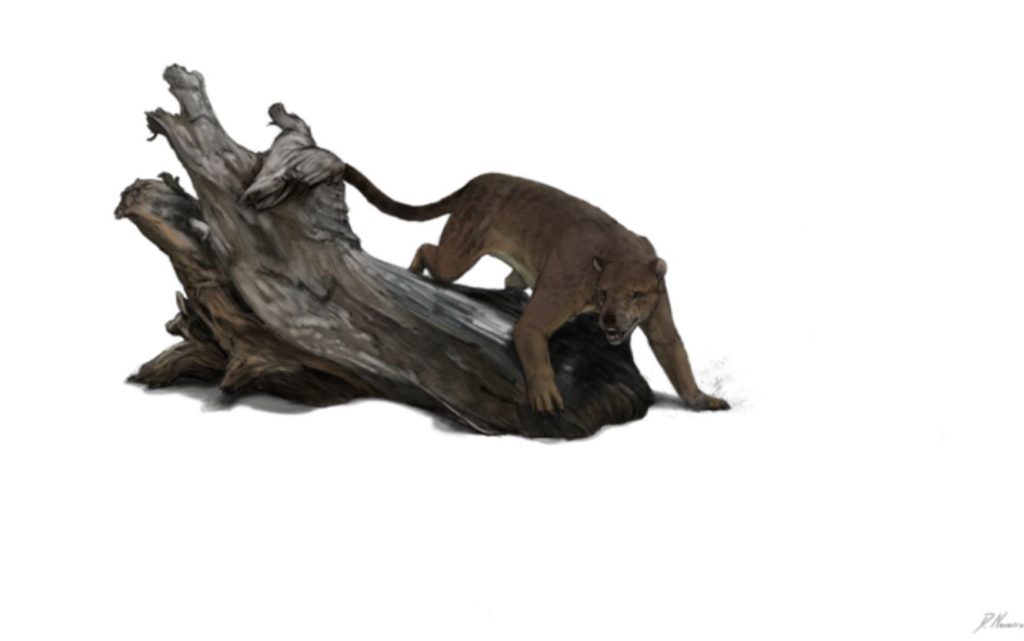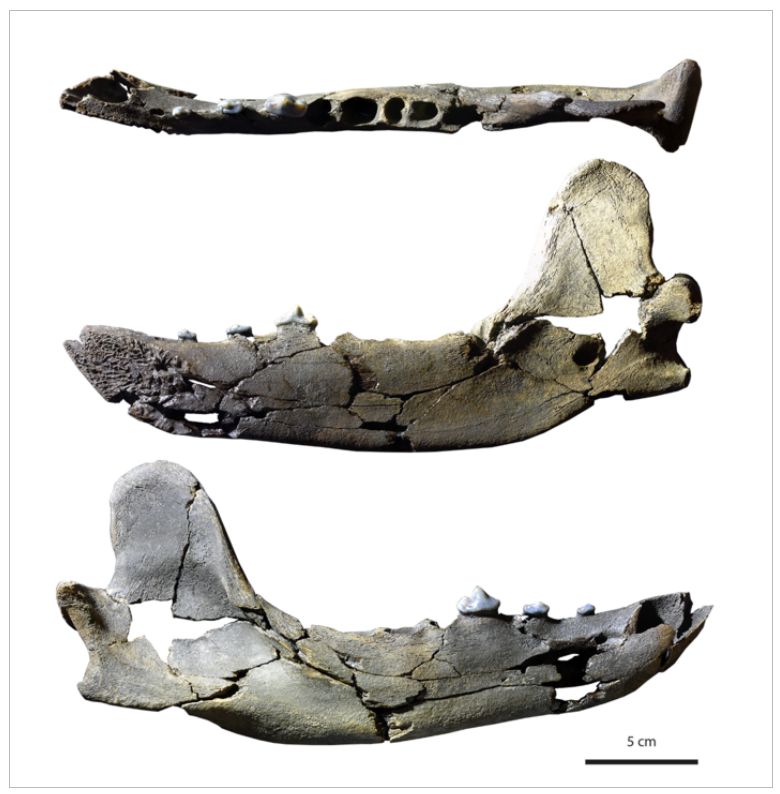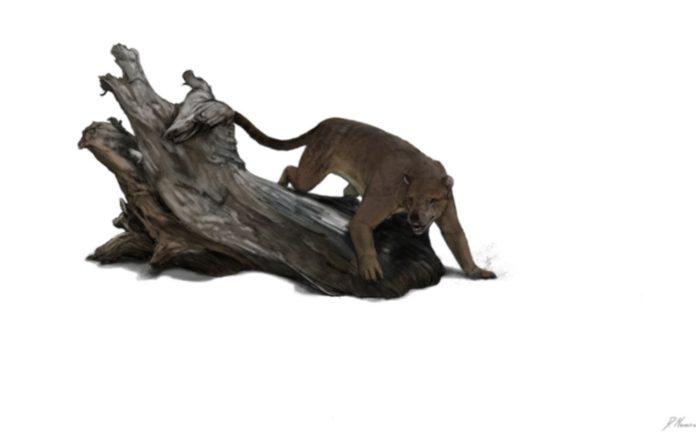A multinational team of palaeontologists led by Bastien Mennecart of the Natural History Museum Basel discovered a new species of predator that formerly thrived in Europe thanks to a fossilized lower jaw.
These huge carnivores are members of the group colloquially known as “bear dogs.” They weighed roughly 320 kilograms and lived for 36 million years before going extinct 7.5 million years ago.
Bastien Mennecart and his team of researchers carefully described the fossilized lower jaw of a carnivore and came to the conclusion that it must be an example of a new species.
The jawbone originates from 12.8 to 12 million-year-old marine strata discovered in the little village of Sallespisse, Pyrénées-Atlantiques, in southwestern France.

The teeth of time
The teeth on the jawbone were eye-catching. This animal contains a fourth lower premolar that is not found in other amphicyonidae taxa. This tooth is especially crucial for identifying species and genera.
Consequently, the investigated lower jaw likely represents a new genus. Tartarocyon is its scientific name. Tartaro, a big, powerful, one-eyed behemoth from Basque mythology, inspired this name.
Tartaro’s mythology is widely known in Béarn, where the lower jaw was discovered. The new genus’ name was chosen by Floréal Solé, a world-renowned expert on carnivorous mammals, as well as Jean-François Lesport and Antoine Heitz of the Natural History Museum Basel.
Dog-like predator
The fossilized lower jaw belongs to predators known as “bear dogs,” which looked like a hybrid between a bear and a huge dog. “Amphicyonidae” is their scientific name. They are carnivores, similar to dogs, cats, bears, seals, and badgers. During the Miocene, these predators were commonplace in the animal life of Europe (23 to 5.3 million years ago). They weighed between 9 kg and 320 kg and had a wide range of species. Tarataroyon weighs around 200 kg. The last European Amphicyonidae vanished 7.5 million years ago during the Late Miocene.

Key contemporary witnesses
The discovery of fossilized terrestrial creatures that lived 13 to 11 million years ago on the northern edge of the Pyrenees is extremely rare. Even more significant is the discovery and description of the lower jaw. That’s because we can study European “bear dog” evolution against the backdrop of current environmental facts.
Image Credit: Getty
You were reading: Fossilized Fossil Points To A New Species Of Heavyweight Dog-like Predator
